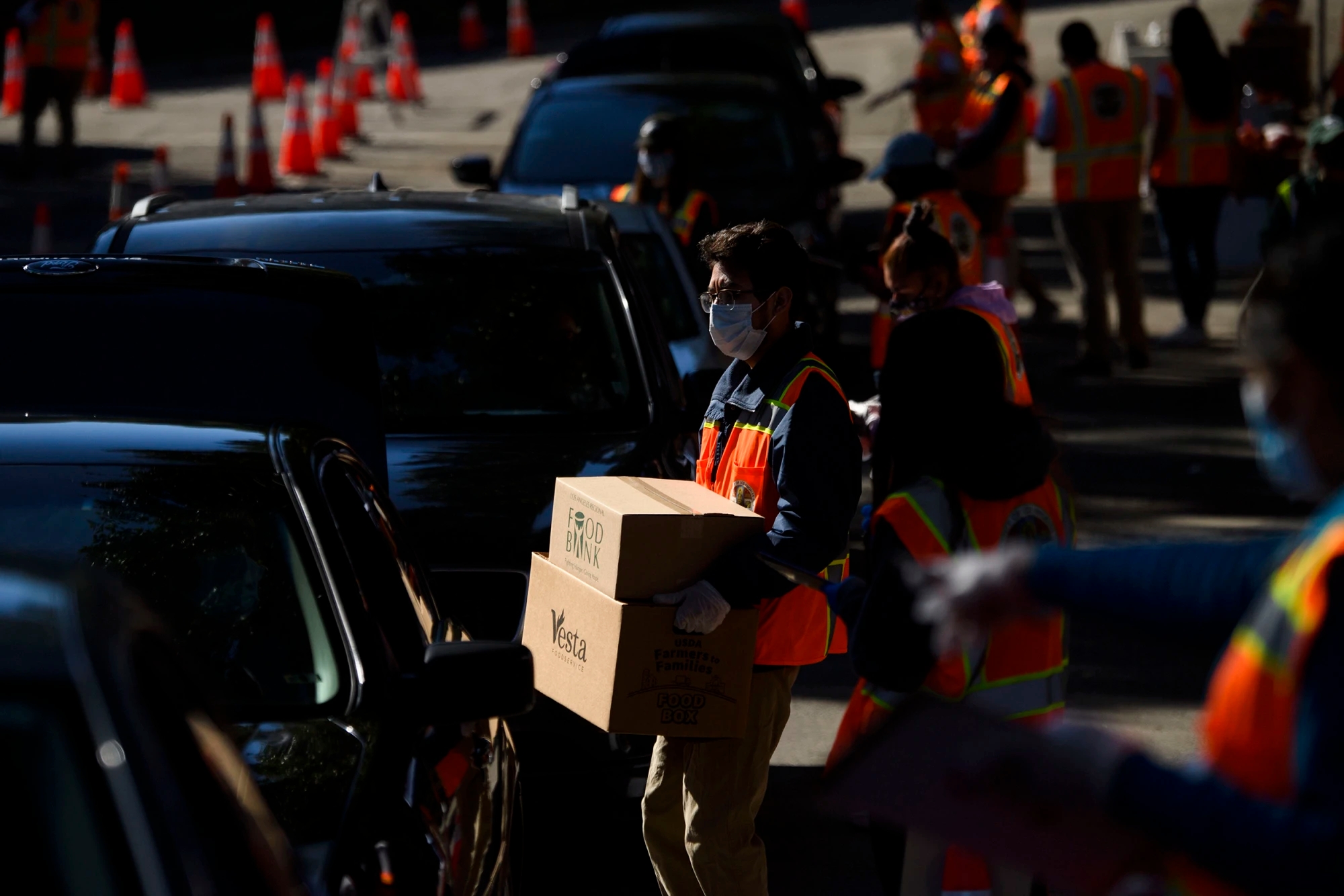By Phil McCausland
Read the full article from NBC News, here.
Advocates and experts have particularly celebrated the 15 percent increase in maximum funding for people receiving the Supplemental Nutrition Assistance Program benefit, or SNAP, commonly called food stamps. Once fearful that conservatives and the Trump administration would add work requirements to the benefit, they now warn that the padded benefit is scheduled to expire at the end of September and are pushing to make it permanent.
Many consider SNAP to be the backbone of the fight to address hunger in the U.S. but complain about the formula that calculates the amount of money hungry Americans get, especially with rising food costs and needs.
Without the expansion, the national average of the SNAP benefit per meal came to $1.97, even though the average meal cost was around $2.41, according to an analysis released this week by the Urban Institute, an economic and social policy think tank. SNAP’s maximum benefit last year without the expansion passed by Congress came up short of low-income meal costs in 96 percent of U.S. counties.








